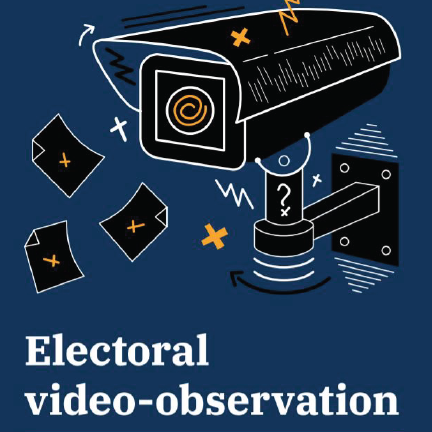So far, election observation through monitoring recordings from webcams installed in polling stations, was one of the most underestimated methods of election monitoring. International organizations, as well as local observers, focused on physical presence in the polling stations and analysing the election process with their own eyes and not through the lens of the camera.
Meanwhile, although video observation cannot replace ordinary observation, it is an extremely effective method that can support it, sometimes facilitating the search for election irregularities. Moreover, it is not always possible to find an adequate number of observers in all regions of a given country, especially in the regions remote from the capital and in the polling stations located in smaller towns. Video monitoring can easily solve all these problems!
In addition to that we have noticed that some electoral fraudsters refrain from breaking the law in front of observers when those visit polling stations, however they do not pay much attention to the web cameras. So they are easy to be discovered.

